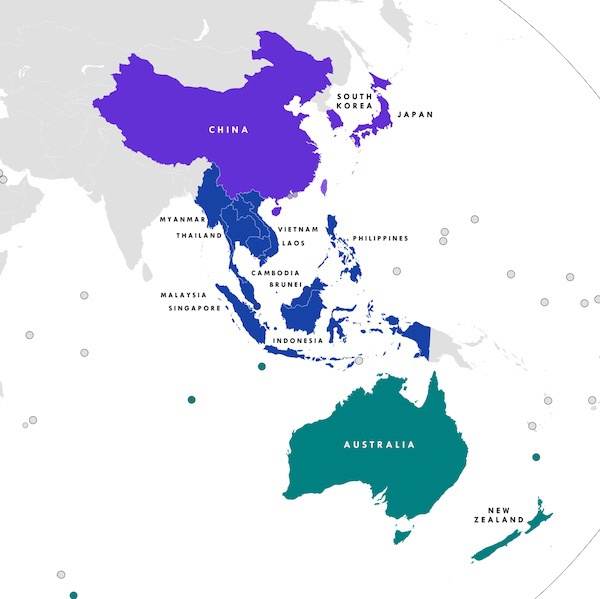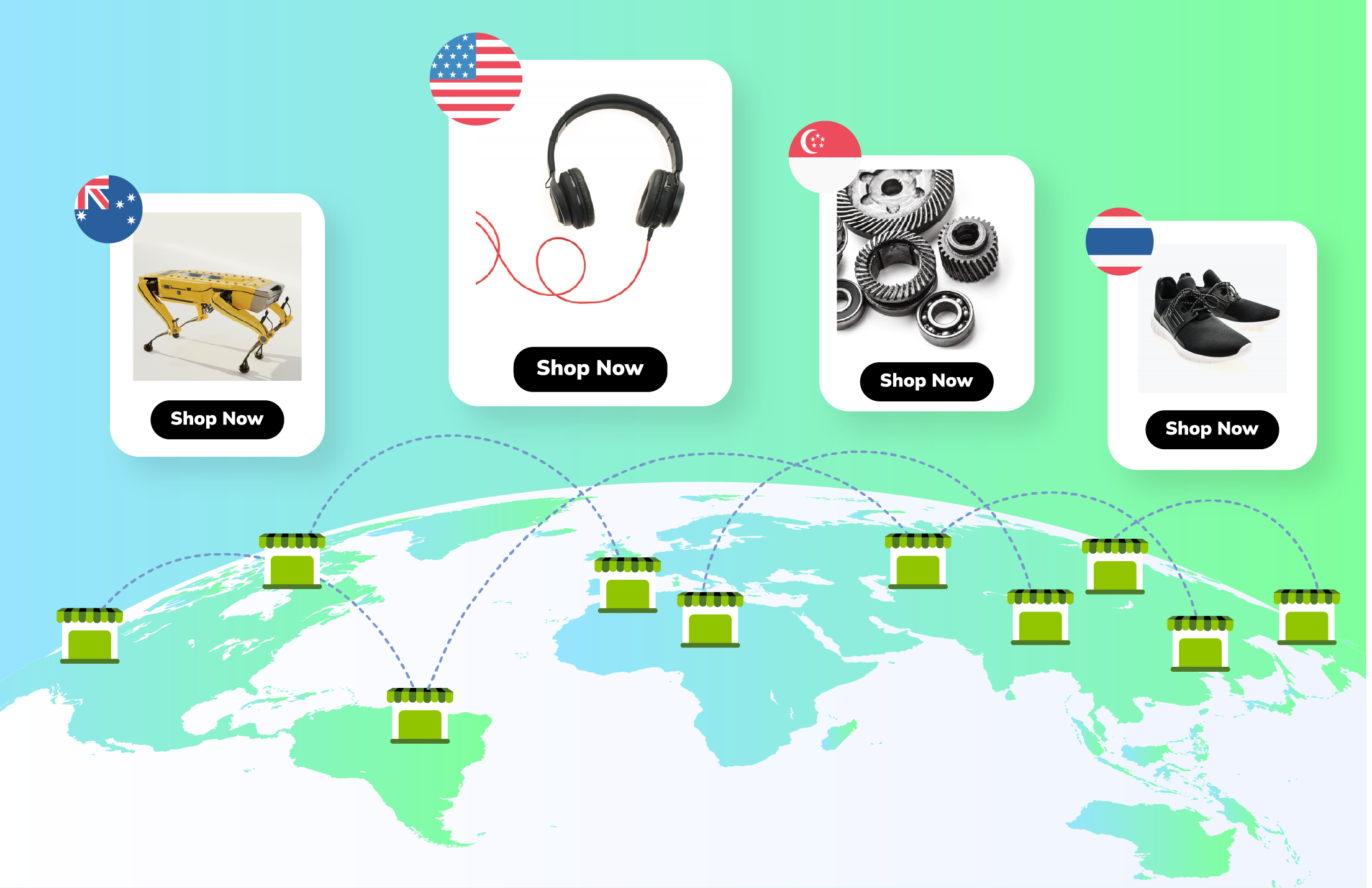After more than six years of negotiations, the Regional Comprehensive Economic Partnership (RCEP) was signed between the ten members of ASEAN and China, Japan, South Korea, Australia, and New Zealand. This partnership forms the world's largest trade agreement. The RCEP acts to unite and reinforce several existing Asia-Pacific trade deals and close gaps where none had existed before.
With incentives, cost reductions, and streamlining of import/export processes, the agreement will facilitate cross-border eCommerce in the region. Even those countries that had existing trade deals with one another stand to benefit. Here we introduce the RCEP, and cover some of the ways people expect it to make business easier, particularly online.
Background
Initially, ASEAN proposed the RCEP around eight years ago in Cambodia. The organization launched the idea as a way to shore up its various bilateral trade agreements and unify them under one hood. When negotiations began a year later, fifteen countries took part. India was a sixteenth party, but later withdrew out of a desire to better protect domestic industries.
Early on, observers speculated that the agreement would balance the impact of the then-developing American-led TPP. Since then, the TPP saw the US withdraw under the presidency of Donald Trump. This has meant that the RCEP is unrivaled in terms of scale and scope.

Benefits of the RCEP Agreement
In broad strokes, the RCEP is an agreement that aims to facilitate trade and cooperation throughout the Asia-Pacific region. This means encouraging infrastructure investment, coordinating customs processes, progressively lowering tariffs and eliminating the cumbersome red tape that can stifles cross-border trade. The nations will lower or remove the relevant tariffs over a ten-year period. Some almost immediately, with others following over the coming years. The agreement also includes support for the less-developed nations, including technology sharing to help each of them catch up to their neighbors and fellow signatories.
Through these commitments, this Asia-Pacific trade agreement aims to make it easier for each country to trade with and do business in each of the others.
eCommerce and the RCEP
The RCEP specifically singled out eCommerce as an area that the nations involved wish to develop. The signatories to this Asia-Pacific trade agreement together committed to promote and enhance eCommerce and digital trade. These cooperative commitments include:
- helping small and medium sized enterprises overcome obstacles in using electronic commerce
- encouraging the development of practices that enhance consumer confidence
- targeted cooperation on research, training, capacity building and technical assistance
Source: Australian Department of Foreign Affairs and Trade
In order to further facilitate eCommerce and digital trade, the agreement also covers privacy, and consumer protection, as well as data localization, storage, and movement. We don't know now how the agreement to lift or avoid requirements for local data storage pans out. The purpose behind this was to prevent cases where companies must build or rent local data facilities in order to sell locally. But it seems to go run counter to some current policies, such as the requirements on storing Chinese consumer data. It is unclear whether this will be granted an exception as a matter of security or public policy.
If you're interested in exploring eCommerce in the Asia-Pacific, why not check out our Southeast Asia eCommerce Outlook 2024This free PDF takes a broad view of eCommerce across five of Southeast Asia's most exciting markets: statisics, market structure, trends, entry strategy.Southeast Asia eCommerce Outlook or our China eCommerce Market GuideThis in-depth China eCommerce Guide can help your company rise to the challenges of the Chinese market and sell via cross-border. Updated for 2020!China eCommerce Market Guide?












